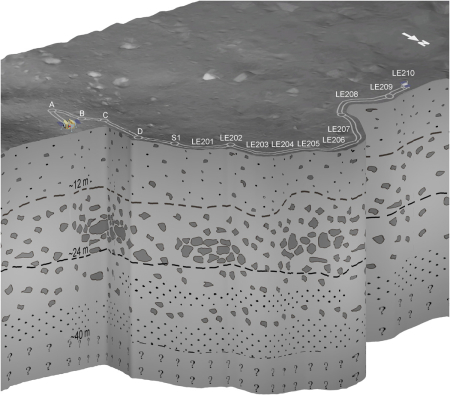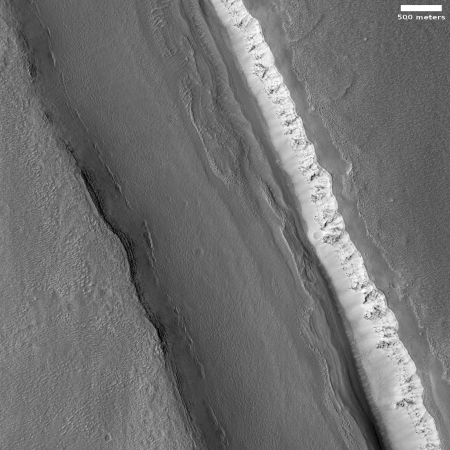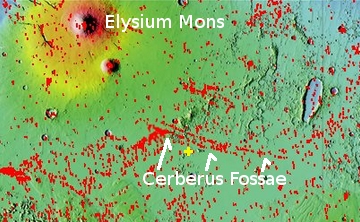Review of Kepler data uncovers seventeen more possible exoplanets
Worlds without end: In reviewing the entire Kepler database of 200,000 stars, scientists have found seventeen more candidate exoplanets, including one only 1.5 times the mass of the Earth that is also in the habitable zone.
From the paper’s abstract:
We present the results of an independent search of all ~200,000 stars observed over the four year Kepler mission (Q1–Q17) for multiplanet systems, using a three-transit minimum detection criterion to search orbital periods up to hundreds of days. We incorporate both automated and manual triage, and provide estimates of the completeness and reliability of our vetting pipeline. Our search returned 17 planet candidates (PCs) in addition to thousands of known Kepler Objects of Interest (KOIs), with a 98.8% recovery rate of already confirmed planets. We highlight the discovery of one candidate, KIC-7340288 b, that is both rocky (radius $\leqslant 1.6{R}_{\oplus }$) and in the Habitable Zone (insolation between 0.25 and 2.2 times the Earth’s insolation). Another candidate is an addition to the already known KOI-4509 system.
I must emphasize that these are candidate exoplanets, meaning their existence has not been confirmed by other observations, and could very well turn out to be false positives.
Still, that this independent review matched the previous list of Kepler candidates within 98.8% means that the list of exoplanet candidates from Kepler is solid and worth further study. With thousands of candidates, however, that further study is likely going to take a very long time. And the backlog will be growing significantly with the many thousands of additional exoplanet candidates expected to be found by TESS.
Worlds without end: In reviewing the entire Kepler database of 200,000 stars, scientists have found seventeen more candidate exoplanets, including one only 1.5 times the mass of the Earth that is also in the habitable zone.
From the paper’s abstract:
We present the results of an independent search of all ~200,000 stars observed over the four year Kepler mission (Q1–Q17) for multiplanet systems, using a three-transit minimum detection criterion to search orbital periods up to hundreds of days. We incorporate both automated and manual triage, and provide estimates of the completeness and reliability of our vetting pipeline. Our search returned 17 planet candidates (PCs) in addition to thousands of known Kepler Objects of Interest (KOIs), with a 98.8% recovery rate of already confirmed planets. We highlight the discovery of one candidate, KIC-7340288 b, that is both rocky (radius $\leqslant 1.6{R}_{\oplus }$) and in the Habitable Zone (insolation between 0.25 and 2.2 times the Earth’s insolation). Another candidate is an addition to the already known KOI-4509 system.
I must emphasize that these are candidate exoplanets, meaning their existence has not been confirmed by other observations, and could very well turn out to be false positives.
Still, that this independent review matched the previous list of Kepler candidates within 98.8% means that the list of exoplanet candidates from Kepler is solid and worth further study. With thousands of candidates, however, that further study is likely going to take a very long time. And the backlog will be growing significantly with the many thousands of additional exoplanet candidates expected to be found by TESS.




